Ready to protect your most sensitive assets?
Get in touch with our team for a platform demo.
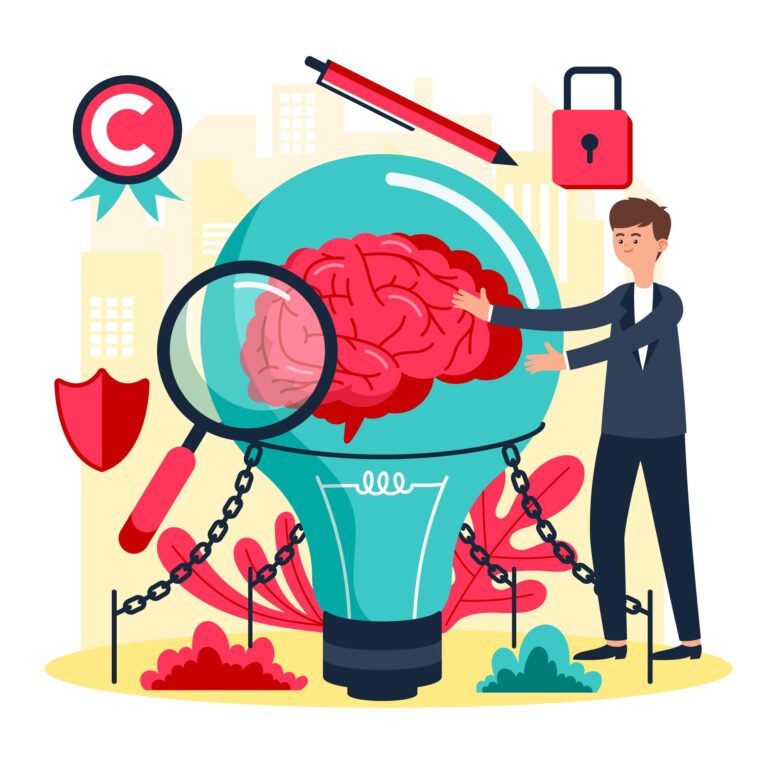
In today’s fast-paced and constantly evolving business landscape, protecting the intellectual property linked to innovations is more important than ever. Innovations are often the result of significant investments in time, money, and resources, and they represent a crucial source of income for companies. However, protecting these innovations is not always easy, as many challenges need to be addressed. One solution to address the different challenges is QShield.
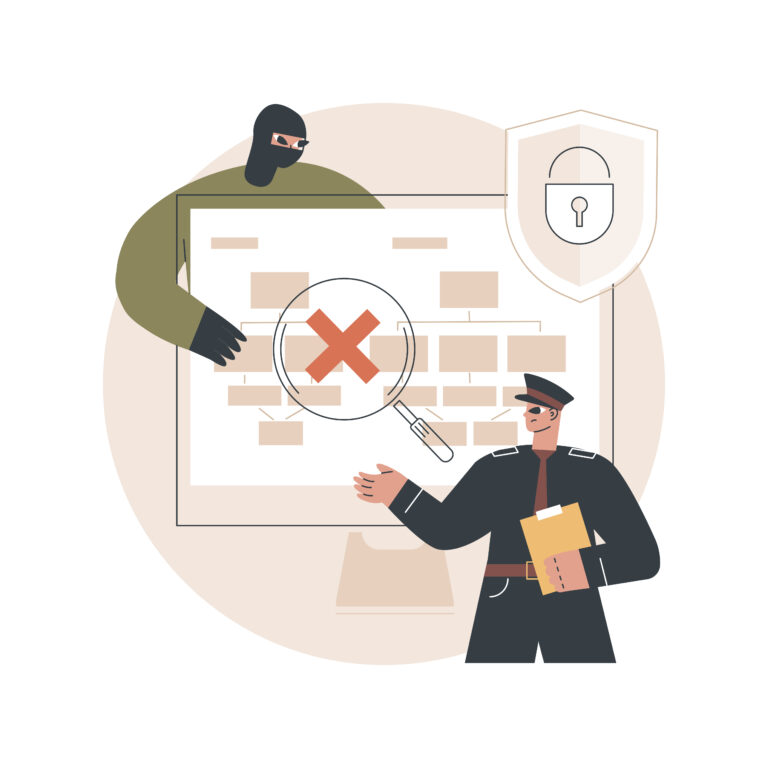
The proliferation of the Internet of Things and the increasing reliance on software have made it easier for businesses to operate and connect with customers. But they have also opened new avenues for industrial espionage and counterfeiting. Hackers and thieves can exploit vulnerabilities in IoT devices and software to gain access to sensitive information, while counterfeiters can use the latest technologies to create convincing knock-off products.
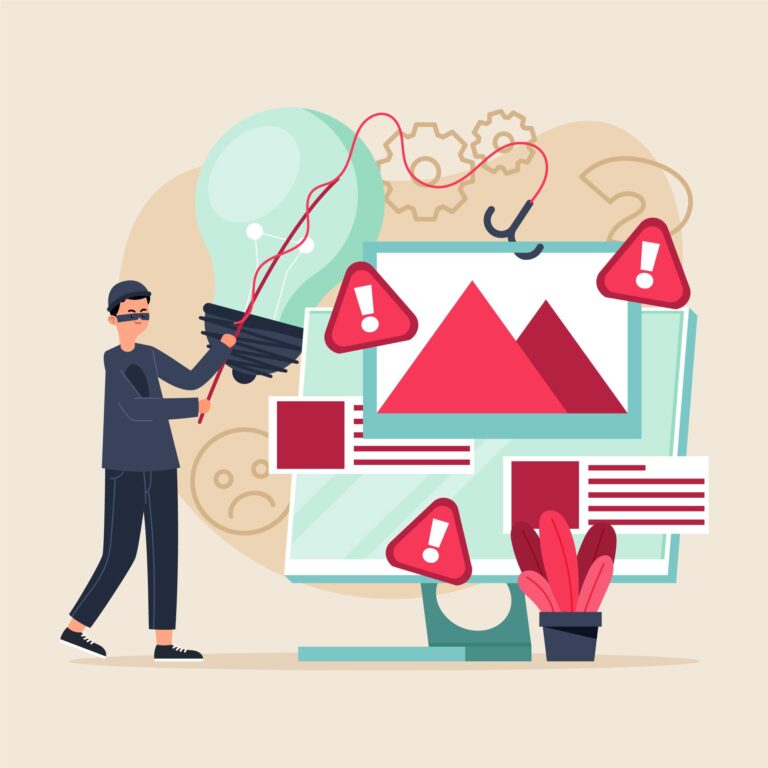
Various usages of reverse engineering exist, some of which are perfectly legitimate, such as solving compatibility problems, understanding a mechanism, or evaluating security, but some practices are not and can be very damaging to the activity of a company investing in R&D and innovation.
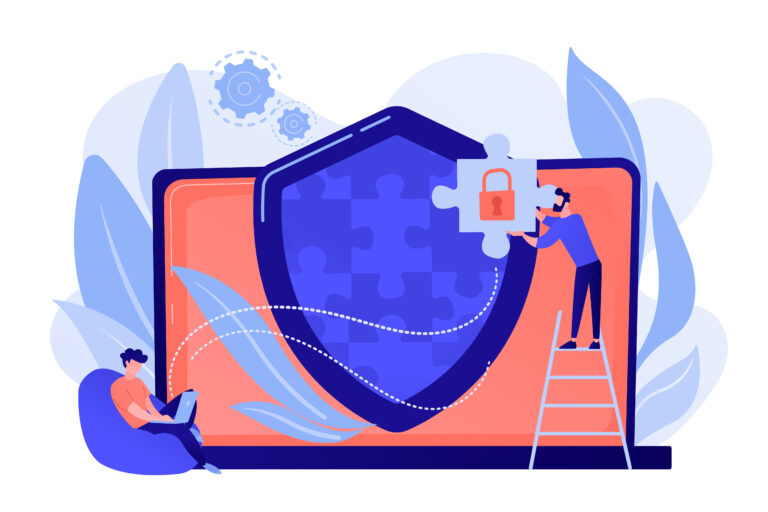
Cyber-attacks have become the worst nightmare of most organizations, regardless of their size or industry. Back in March 2021, CNA Financial, an insurance company, paid out $40 million to hackers following a ransomware attack. In July 2020, Meow, a virus targeting poorly secured databases to destroy their contents, attacked UFO VPN as well as Elasticsearch, destroying 1,395 databases. Many large companies, administrations and other operators dealing with sensitive data are heavily investing to improve their detection rate but remain nevertheless the targets of attacks. So, what can be done and how do you restore trust after an attack?

Revolutionizing the existing way of doing things is what most technology companies are after when they innovate. So why do we spend so little time and attention protecting these innovations when they are what generates growth and revenue?
While noticeable ransomware attacks make headlines because they threaten to release millions of users’ data, another attack threatens your business’s very future: code theft.
Unfortunately, legislation, as it stands today, may provide some compensation in the event of code theft, but it will not prevent the damage. So, save time and money in the long run, acknowledge that this threat is real and identify from whom and what you need to protect your intellectual property. Here’s how.
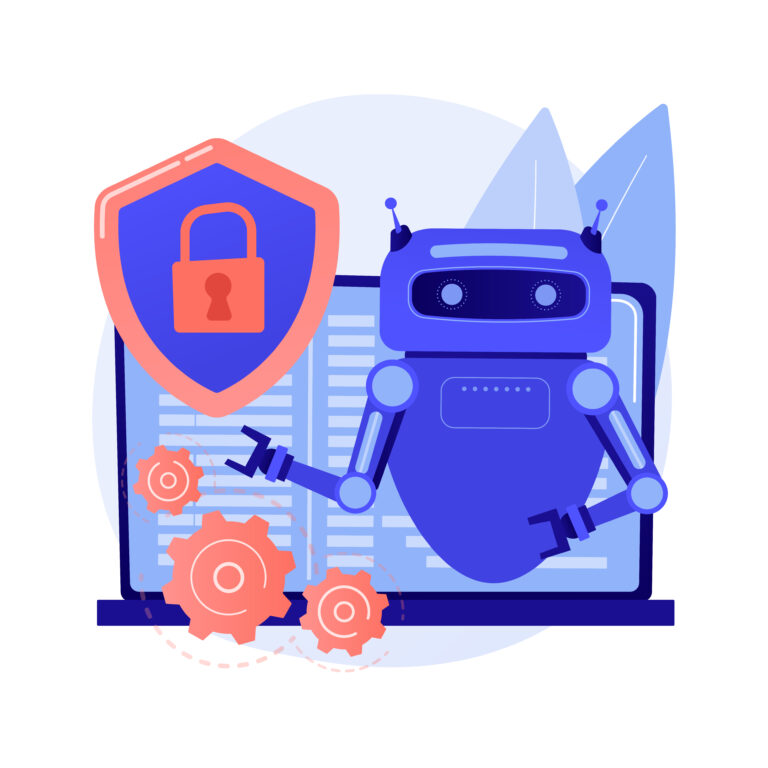
Worms, Trojans, and many other viruses-behind these threats lie attackers with a variety of motivation. The opportunity to profit through the theft of personal information and commercial trade secrets presents little risk to cyber attackers. Today, more than 4 million pieces of malware are detected every 15 days, according to the report 2022 from Sectigo! Attackers seem to be a step ahead. To deal with the growing threats, it is essential that companies equip themselves with efficient tools capable of countering even the most complex cyber-attacks. The solution? Adopt an effective IT security strategy that automates malware detection. Here are some explanations.
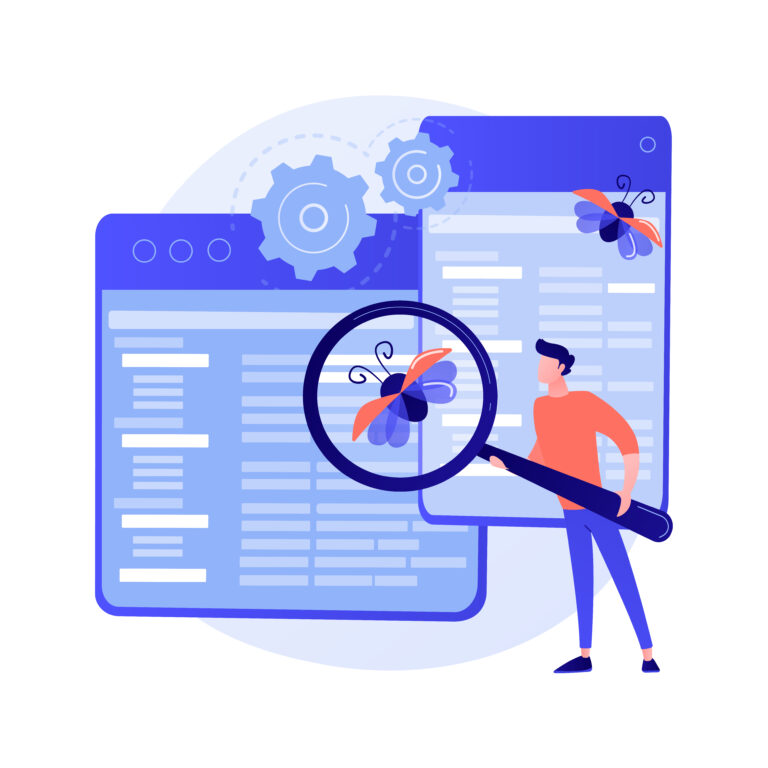
With the recent boom in the digitalization of systems, cyber-attacks are becoming more and more common, much to the annoyance of organisations that need to protect themselves against them. Indeed, according to Cisco CEO John Chambers, a company has already been hacked, or it doesn’t know it yet. Fortunately, SOCs (Security Operations Centers) and CERTs (Computer Emergency Response Teams) are working together to keep the information systems infrastructure under control 24/7.
Despite their efficiency, many SOCs face a large volume of data. And sometimes, analysts can be forced to pause all their activities to deal with the detection of a cyber-attack manually, which takes time. This is where technology can be highly beneficial: what are the most effective tools on the market to automatically detect malware?
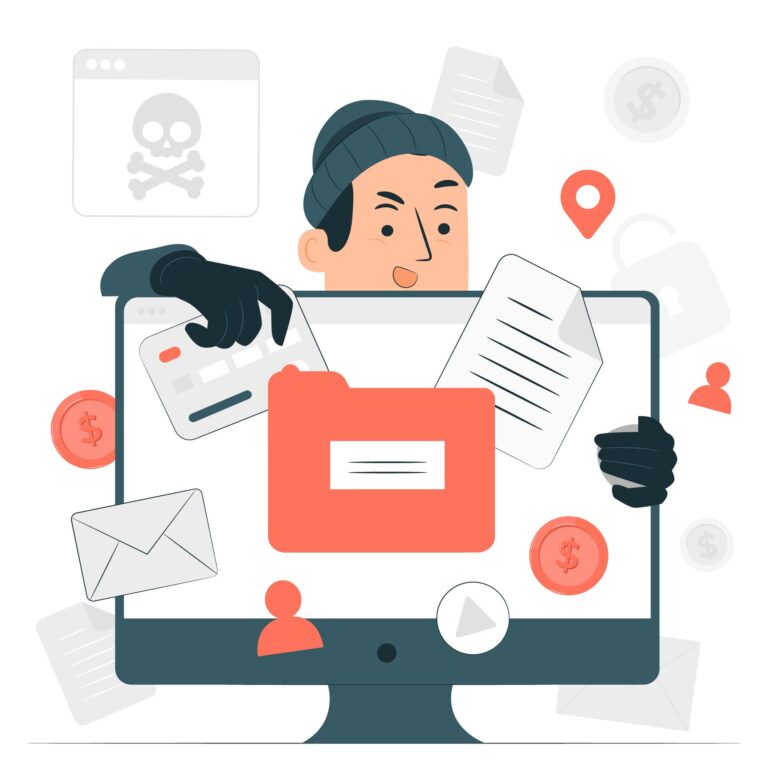
When it comes to cybersecurity, we usually think of attacks such as viruses, malware and ransomware attacks, which are often spectacular and make the headlines. However, these attacks are only the tip of the cybercrime iceberg. In fact, there is one type of attack that is often ignored: code theft. According to a 2020 study done by Thales, 30% of cybercrime income is related to Intellectual Property theft.[1] Because developing an app takes time, money and resources, it is expected to generate income and grow the development company’s business. The source code is therefore your major asset and if it gets stolen or copied, your revenues and reputation will be compromised.
So, what are the options to protect the source code of an application? Here are some answers.
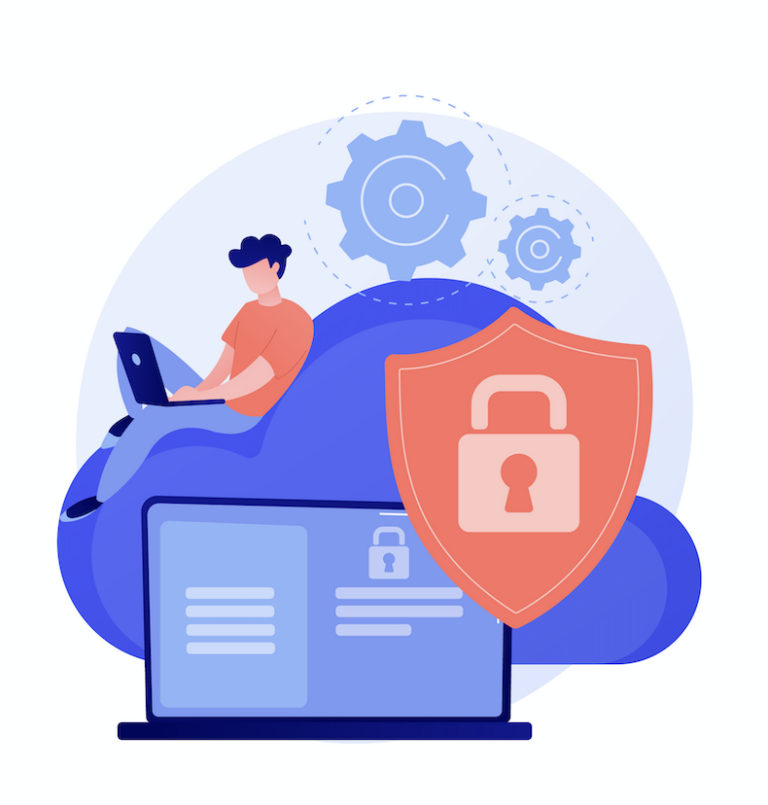
The widespread use of connected devices poses several cybersecurity challenges. Most of us are familiar with the high-profile attacks conducted with malware and ransomware, but beyond the data security issue, these attacks can also pose personal safety as well as intellectual property challenges. The need for protection is therefore no longer in question, so what should you do? QShield was designed to address IoT security challenges, here’s what you need to know.
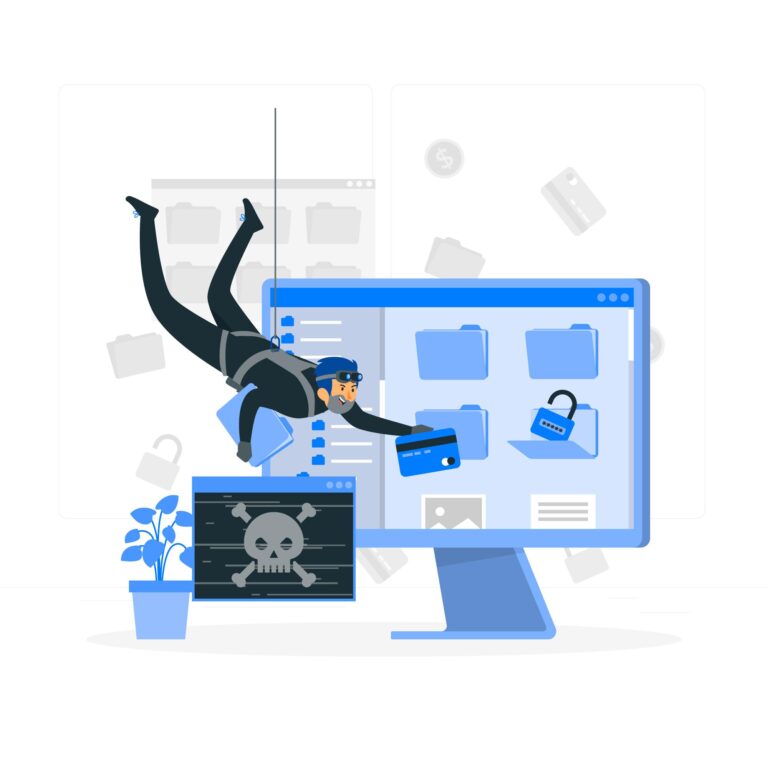
Malware has become so pervasive and so destructive that even actions as trivial as booting up your computer or opening an e-mail are a cybersecurity risk. At a time when 92% of the western world’s data is stored in the US through Cloud services, not only state security is at stake, but companies and individuals are also exposed to increasing financial, legal, privacy and intellectual property risks.
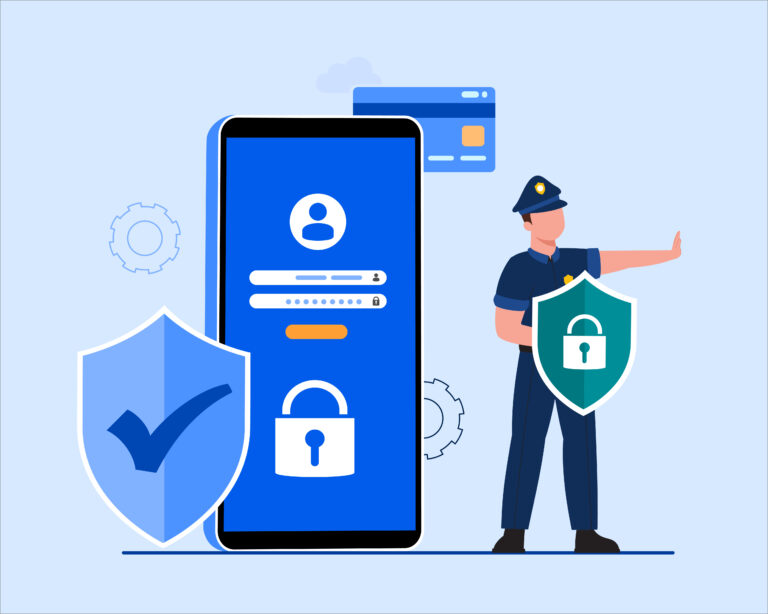
Only 10 years ago, no one was talking about IoT security. Today, with the proliferation of devices connected to the Internet, security has become a major concern both for the users and the manufacturers.With the fragmentation of the IoT market, there is no standard security solution. Indeed, depending on the use case and the required level of protection, the hardware and software used to design the device vary, which can cause interoperability issues. This makes security difficult to integrate because it must be device-specific and often leads to hardware and/or software costs reducing or offsetting the product profitability.
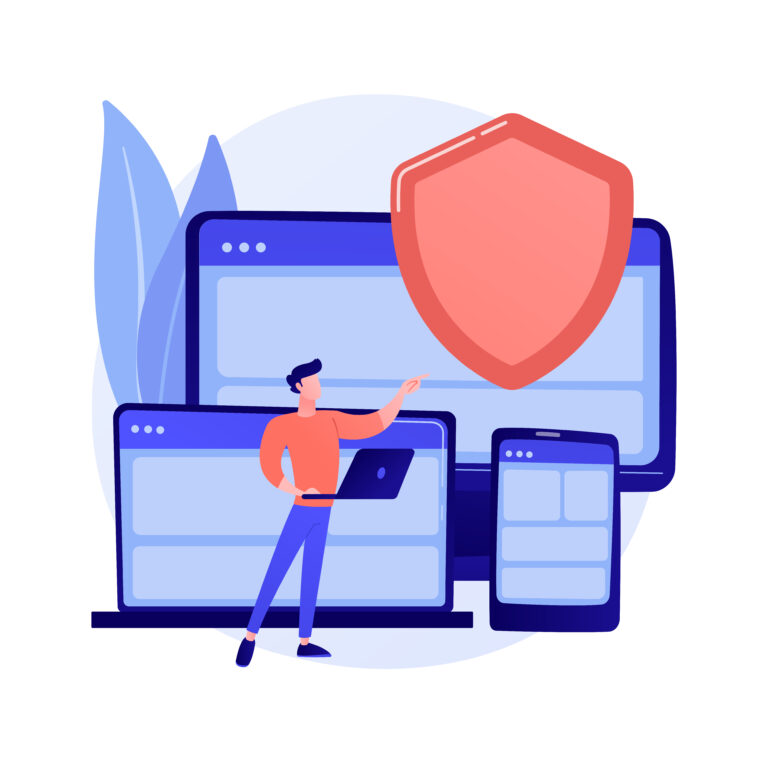
According to Global Data, the IoT market could reach more than €1,000 billion by 2024, an increase of 13% compared to 2020. In light of this growth, the industry has understood the urgency of implementing security standards via regulatory bodies to limit the risks of cyber-attacks and other frauds. In this context, the identity of connected objects has become a real security issue for the IoT to guarantee the reliability of collected data and to pilot decisions.
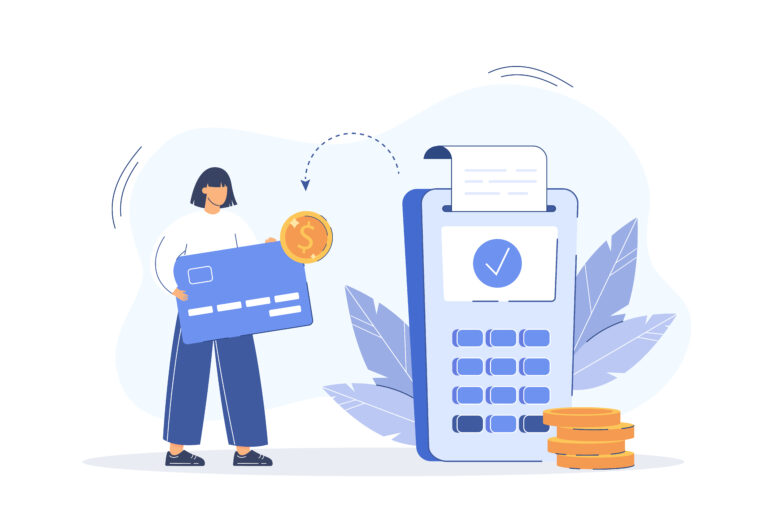
Payment terminals are undergoing a revolution! These objects used to be cumbersome and monotonous, but they have evolved towards other flexible and affordable models. First, you had Standalone Point of Sales that has popularized bank card payments.
More and more credit card schemes require internet connections to perform transaction monitoring and poinbecame connected devices.

IoT security is a growing concern among manufacturers who need to protect their products from malicious attacks that can compromise their devices and have adverse consequences for their users. However, ‘ ‘some attacks focus on innovative programs theft. Companies, especially startups, tend to minimize or even ignore this risk because of the lack of time, competency, and funds. Still, intellectual property is one of the main business asset of a company and its theft can jeopardize the future of a business.
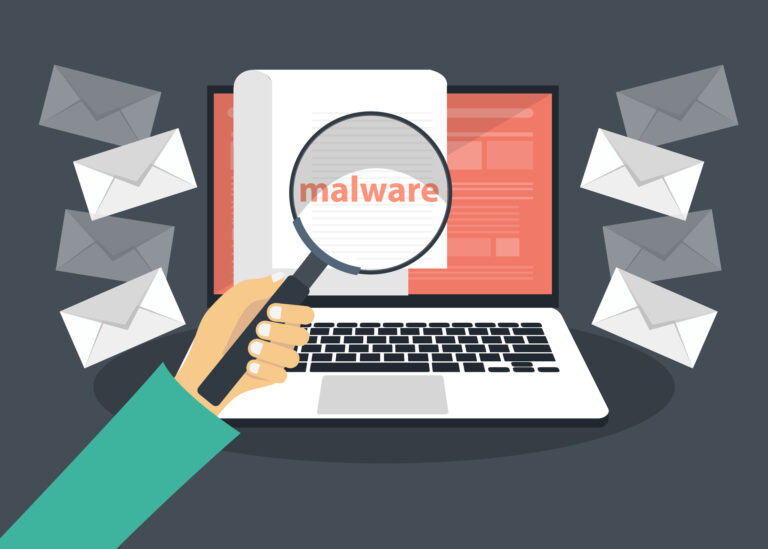
While we welcome technological innovation and widespread access to new technologies, we often forget that the benefits of innovation are also available to cybercriminals of all kinds. Launching malware has never been easier. The speed and creativity with which it evolves and improves makes life difficult for IT security departments that struggle to keep up. So, what exactly is malware and how can you deal with it efficiently?
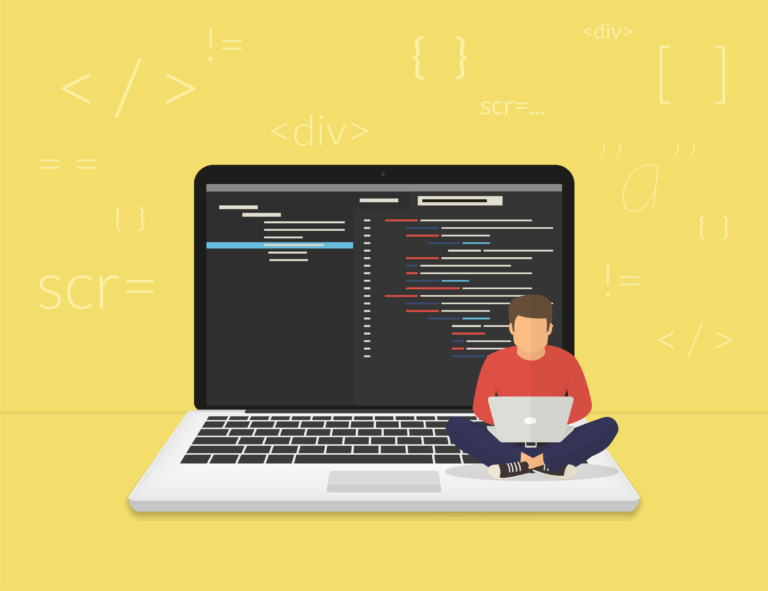
When it comes to IoT devices, one question arises: how to meet the cyber security challenges and protect fleets? Many players are jumping into the juicy IoT market, ready to come up with the next best idea, and companies are placing sensors all over their buildings, machines and vehicles. They are collecting and aggregating huge amounts of data for predictive maintenance, process optimization, energy savings, autonomous machines and vehicles, and more…

Refrigerators, cars, smartphones… Software is everywhere and is becoming more and more widespread. Not only Information, but data, know-how and interpersonal skills flow through this software. Software is the result of years of work and above all investment. Often a revenue generator and development lever in its own right, the software is exposed to a largely underestimated risk: the possibility of being copy or stolen. In this context, the protection of software intellectual property is a key issue in developing innovations. Let’s take a look at it.
Get in touch with our team for a platform demo.